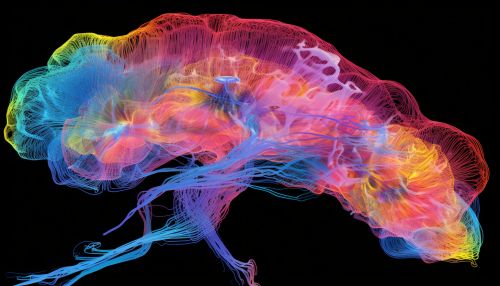Cognitive Neuroscience of Cognitive and Sensory Integration
Introduction
Cognitive neuroscience is a branch of neuroscience that explores the biological processes that help us to understand the world around us and respond to it. It combines the study of brain activity with cognitive phenomena to understand how the brain supports such functions as perception, attention, memory, and action. This article focuses on the cognitive neuroscience of cognitive and sensory integration, a process through which the brain combines information from various sensory modalities to create a coherent, multidimensional perception of the world.
Cognitive Neuroscience
Cognitive neuroscience is a multidisciplinary field that incorporates elements of psychology, neuroscience, and cognitive science to study how mental functions are produced by the brain. It uses a variety of techniques to measure and interpret brain activity, including functional magnetic resonance imaging (fMRI), electroencephalography (EEG), and positron emission tomography (PET).


Cognitive and Sensory Integration
Cognitive and sensory integration refers to the brain's ability to combine information from different sensory modalities, such as vision, hearing, touch, smell, and taste, into a coherent perception. This process is essential for interpreting complex environments and for performing coordinated actions.
Mechanisms of Integration
The mechanisms of cognitive and sensory integration are complex and involve multiple areas of the brain. The primary sensory areas of the brain receive and process information from the sensory organs, while the association areas integrate this information to form a comprehensive perception of the environment.
Role of the Thalamus
The thalamus plays a crucial role in sensory integration. It acts as a relay station, receiving sensory information from the peripheral nervous system and forwarding it to the appropriate areas of the cerebral cortex for further processing.
Multisensory Integration
Multisensory integration is a key aspect of cognitive and sensory integration. It refers to the process by which the brain combines information from two or more sensory modalities to enhance the perception and interpretation of environmental stimuli.
Crossmodal Perception
Crossmodal perception is a type of multisensory integration where the brain integrates information from different sensory modalities to enhance or modify perception. For example, the perception of speech can be enhanced by visual information from the speaker's lip movements.
Cognitive Integration
Cognitive integration involves the combination of sensory information with cognitive processes such as attention, memory, and decision-making. This integration allows for the interpretation of sensory information in the context of past experiences and current goals.
Disorders of Integration
Disorders of cognitive and sensory integration can lead to a range of cognitive and perceptual deficits. These include conditions such as autism, schizophrenia, and sensory processing disorder, which are characterized by difficulties in integrating sensory information.
Future Directions
Future research in cognitive neuroscience of cognitive and sensory integration will continue to explore the underlying mechanisms of integration, the role of different brain regions, and the implications for disorders of integration.
